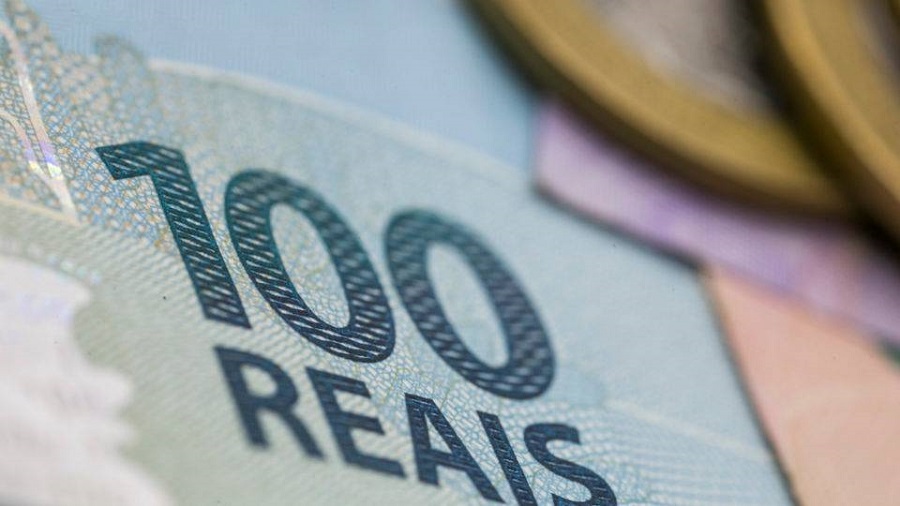RIO DE JANEIRO, BRAZIL – Driven by the covid-19 pandemic, the total costs of the federal government totaled R$2.64 trillion (US$460 billion) and increased 16% in 2020 compared to 2019, the National Treasury disclosed today, April 6th.
The indicator measures the expenses of the Three Federal Branches and the Federal Prosecutor’s Office with labor, operation, supplies, financial expenses, depreciation of assets and revenue sharing with states, municipalities and society organizations.

The main components that increased costs were the emergency aid and the employment protection program, which made the financial input item (financial expenses) grow 19%, and the purchase of equipment to face the pandemic, which increased the Ministry of Health’s operating costs by 17%, from R$ 21.69 billion to R$ 25.33 billion.
According to the National Treasury, the items that contributed to the increase in the Ministry of Health’s expenses were pharmacological materials (drugs or components intended for the manipulation of medicinal drugs), reagent materials for clinical diagnosis, and asepsis materials and individual protection equipment for preventive action against the new coronavirus.
Remote work
Excluding the Ministry of Health, operating costs (one of the items of the federal government’s total costs) would have dropped by 10% in 2020 for the Executive Branch. Most of the reduction is due to remote work by public servants during the pandemic. Telecommuting reduced spending on per diems and tickets by 31%, kitchen expenses by 40%, telephone expenses by 18% and water, sewage, electricity and gas by 19%, excluding expenses for the Ministry of Health.
The other branches of government also registered cost reductions because of remote work. The Legislative Branch’s operating costs fell 8% last year. In the Judiciary, the drop reached 11%, and in the Federal Prosecutor’s Office, 7%.
When accounting only for salaries and other remuneration, labor expenses in the Three Branches and the Public Prosecutor’s Office rose by only 3% in 2020. According to the report, this increase was mainly due to the payment of court sentences and the increase in the additional pay for the Armed Forces, which came into effect after the reform of military careers.
Financial Expenditures
The financial inputs (expenses) rose 19% last year, driven mainly by the emergency aid and the Emergency Benefit (BEm), which consumed R$326 billion. Other items that drove the growth were the R$45.9 billion increase with the updating of the projections for spending on Social Security for public servants and the R$ 36.2 billion increase with the readjustment of the benefits of the National Institute of Social Security (INSS), linked to the increase in the minimum wage.

Driven by aid to local governments as a result of the pandemic, transfers to states and municipalities rose by R$28.7 billion.
This was the second time the Treasury released the “Focus on Costs” Bulletin. The first version, released in November, brought the balance of costs in 2019 and the first half of 2020. According to the National Treasury, the document aims to measure both the consumption of resources by the public sector and the provision of goods and services to society. The values are ascertained by comparing the value of assets in relation to the previous period.
Source: Agência Brasil

